Why you MUST Inventory your Stamps & Coins!
It’s important that you have stamp inventory software to accurately manage, track & inventory your stamps for insurance & estate purposes. We recommend taking the time to inventory your collection for many reasons, some of which are explained below:
- Keeping track of what you have for insurance purposes.
Until you know what you have in your collection and what its worth, you will not likely be able to insure it. Even if you have no desire to sell the collection, you still need to track and value the collection so you know what you have and it’s true value. Taking the time to properly asses what is in the collection can protect you from disasters such as flood, fire, theft and other unforeseen accidents. Less than 25% of all stamp and coin collections are adequately insured. When faced with a catastrophe, you could lose a significant dollar amount of your stamp & coin assets. Most collectors tend to undervalue their collections in their own minds, not only in terms of actual dollar value, but in terms of the number of items in their collections. Gone are the days where you could track your collections in your head. Most countries issue so many stamps & coins each year, it is impossible to know what you have without an accurate inventory of the collections. EzStamp & EzCoin were specifically designed to keep track of what you have, what you paid and the current market value of your stamp & coin collections - Keeping records of your collection for your estate.
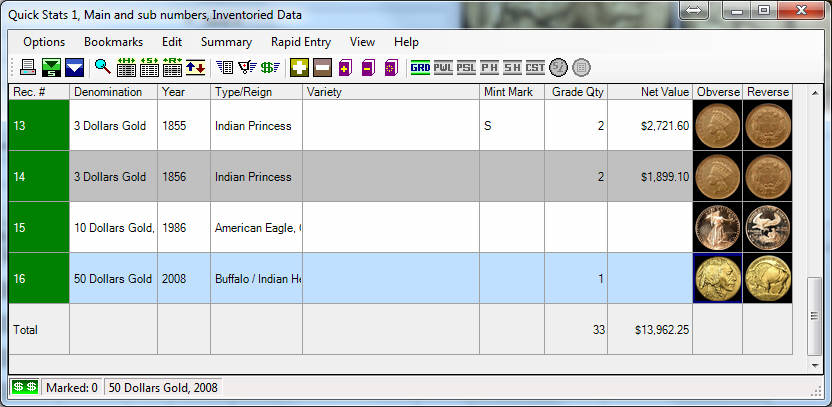 Many collectors, myself included, want to keep accurate records of what we have so that when the time comes, you can pass down the collection to family and have the peace of mind that they will know what they have and its value. Just because you left your treasured collection to your son, daughter or wife, does not mean they will want to continue the collection. They may just want to sell it (for financial reasons, they may want to travel or they have no interest in continuing with the collection). Give them the peace of mind in knowing what the collection is valued at and what is in the collection, so that when they do seek buyers, they can make an informed decision if the offers they receive are realistic or not. If you do not have a record of the collection and its value, you leave your heirs at the mercy of the buyer/dealer. Most are honest, MANY are not.
Many collectors, myself included, want to keep accurate records of what we have so that when the time comes, you can pass down the collection to family and have the peace of mind that they will know what they have and its value. Just because you left your treasured collection to your son, daughter or wife, does not mean they will want to continue the collection. They may just want to sell it (for financial reasons, they may want to travel or they have no interest in continuing with the collection). Give them the peace of mind in knowing what the collection is valued at and what is in the collection, so that when they do seek buyers, they can make an informed decision if the offers they receive are realistic or not. If you do not have a record of the collection and its value, you leave your heirs at the mercy of the buyer/dealer. Most are honest, MANY are not. - Tracking the Value of your collections.
One of the most important things you should be doing, especially if you are buying stamp and coins for investment purposes, it to keep track of the original prices paid for each item as well as the current market values (as supplied in EzStamp & EzCoin). Think of it like the stock market. If you own stocks, don’t you regularly check the markets to see what is going on and what is happening to your investments? The same is true for stamps & coins. Stay aware of what the overall market conditions are in stamp & coin collecting, so that you won’t be surprised if you decide to sell & discover that the philatelic or numismatic markets are down significantly. On the upside, if you stay aware of the market conditions in the hobby, you may find an opportunity to sell at an opportune time. One of the features built into EzStamp is a ‘Potential Profit’ report which shows you the profit or loss for each item, as long as you have documented what you paid for each stamp. An important detail that many collectors forget is that the price paid is not just the amount you paid for an item, but sometimes there are commissions or buyers premiums from an auction, insurance, shipping and certification costs. These should all be documented, especially for expensive items. I personally keep extra detailed records for any item that cost me more than $100. Keeping track of your collection is power when it comes time to buy or sell.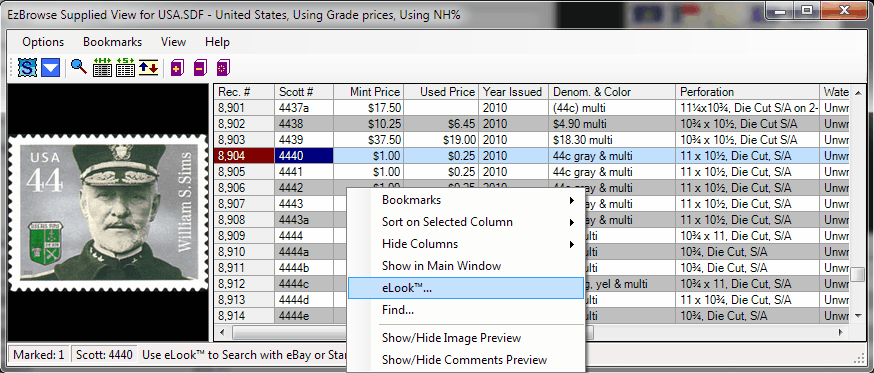
- How to document your collections.
The best and most efficient way to track your stamp & coin collections is with EzStamp & EzCoin: dedicated software for stamp & coin collections both with the most comprehensive & exhaustive databases. They both come pre-supplied with all the data, market values & images to save you countless hours of typing compared to you entering the data manually on your own. Have all the paper work organized and filed away safely. You can record the location of each item & where the documentation is located for each item (certificates of authenticity, sales & purchase receipts). These can be incredibly important when it comes time for the taxman to review your profit or losses you report to the CRA (Canada Revenue Agency) or IRS (Internal Revenue Service) in the USA. - Inventorying your collections just for the fun of it!
Some collectors inventory their collections just for the fun of it. They have no intention of selling their collectibles, but inventory them anyway. This is extremely useful if you are an active buyer. You can print WANT lists to take with you to a stamp or coin dealer as well as stamp & coin trade shows. I regularly carry my Priority Want List (PWL) generated from EzStamp with me whenever I travel, even on vacation. You never know when you will find that stamp or coin shop or even a flea market. I have my PWL on my phone in PDF format so it is easily accessible at all times & I can update it as needed. - Buying vs Selling
The importance of keeping accurate records of buy prices will pay huge dividends when it comes time to sell. The price you pay for any stamp or coins is fixed & never changes, BUT the selling price varies, sometimes dramatically due to market conditions. Recording your prices paid can be even more important, especially if you purchased a stamp or coin in a foreign country using foreign currency. EzStamp & EzCoin keep track of all dollar amount is US $ so be sure to convert any foreign purchases to US $. The same applies to selling in foreign currencies. - Retail
 vs Market/List Price and Costs
vs Market/List Price and Costs
Many collectors will have their favorite stamp or coin catalog to use as a reference for values. Most of us realize that catalog values are retail values and do not reflect real world market values for the most part. They are a snapshot in time. Catalogs are great for relative values, but markets fluctuate dramatically sometimes. Stamps or coins of minimal value (under a dollar, will almost always remain under a dollar). As with any collectibles, condition is the key factor to determining value. Most dealers discount heavily from listed catalogue prices if they want to be competitive & stay in business. But there are always exceptions. Rare & difficult to find items can bring much more than catalog prices. Sometimes a stamp can be listed in a catalog for minimal value, but try & find a copy for sale. Then when that stamp does become available, it sells for much, much higher than listed in a catalogue. That’s because everyone is missing that item & we all want it. It’s just supply & demand. It all depends on the market conditions at the time you initiate a purchase or sale. It’s just like the stock market. Remember NORTEL. Their shares were once worth a lot, not so much anymore! Stamp prices fluctuate with the market conditions. Depending on which side of the fence you are on, this can be a good or bad thing. Dealers, sellers and buyers will not all be rewarded at the same time. Timing is everything. Knowledge is power. - Certificates of Authenticity
Certificates are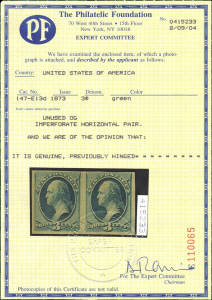
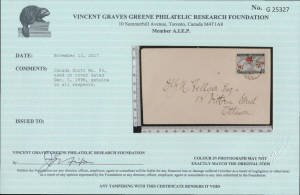 proving to be essential for any valuable item (stam
proving to be essential for any valuable item (stam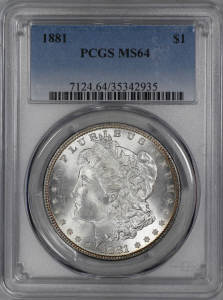 p or coin) to be sold or purchased. In today’s world of forgeries & fakes, it is critical that when you purchase expensive items that they come with a certificate of authenticity from a reputable expert. An absolute must. Stamps can be reperfed, regummed, repaired, chemically altered & outright forged. The same is true for coins: they can be cleaned, altered and forged. Certificates almost always come with an image, a certificate number, the date it was authenticated & by whom. They usually do not offer an opinion of value, but that it is genuine or not and any faults noted. It is very important to document your certificates (images, pdf’s) along with the inventoried item. Also be sure to record the cost of the certification process. It is not a negligible expense. Many expertising companies exist for stamps, such as the Greene Foundation (Canada), Philatelic Foundation & PSE in the USA. For Coins, PCGS & NGC
p or coin) to be sold or purchased. In today’s world of forgeries & fakes, it is critical that when you purchase expensive items that they come with a certificate of authenticity from a reputable expert. An absolute must. Stamps can be reperfed, regummed, repaired, chemically altered & outright forged. The same is true for coins: they can be cleaned, altered and forged. Certificates almost always come with an image, a certificate number, the date it was authenticated & by whom. They usually do not offer an opinion of value, but that it is genuine or not and any faults noted. It is very important to document your certificates (images, pdf’s) along with the inventoried item. Also be sure to record the cost of the certification process. It is not a negligible expense. Many expertising companies exist for stamps, such as the Greene Foundation (Canada), Philatelic Foundation & PSE in the USA. For Coins, PCGS & NGC - Tracking Your Stamp & Coin Collection with Images
As th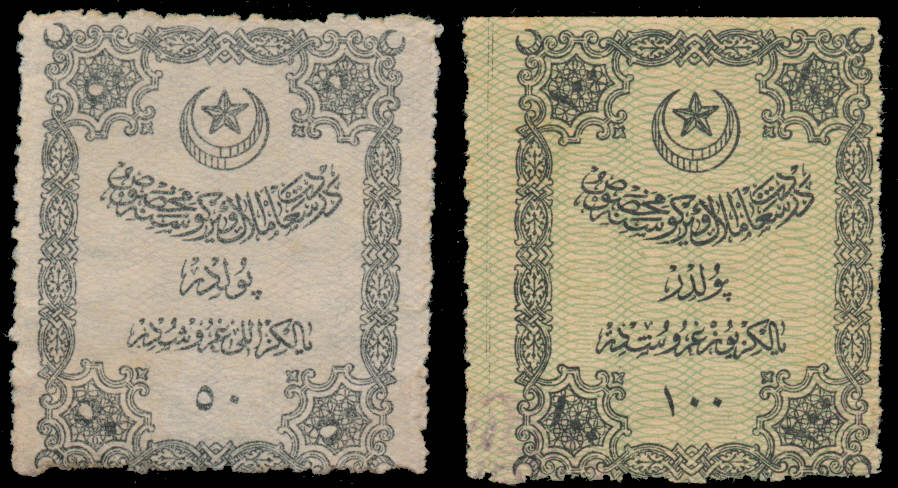 ey say, an image is worth a thousand words. That’s why most auctions have images of the exact item you are buying. I cannot stress enough how important it is to take accurate and clear images of your stamps & coins (front & back for stamps, Obverse & Reverse for coins). Images can easily convey the beauty of each item as no description can. You can use a scanner or a phone to document your more expensive items. I take an image of every stamp or coin in my collection over $25. I do not scan my personal items less than this amount. Many times, several images may be required to show details, defects or special varieties.
ey say, an image is worth a thousand words. That’s why most auctions have images of the exact item you are buying. I cannot stress enough how important it is to take accurate and clear images of your stamps & coins (front & back for stamps, Obverse & Reverse for coins). Images can easily convey the beauty of each item as no description can. You can use a scanner or a phone to document your more expensive items. I take an image of every stamp or coin in my collection over $25. I do not scan my personal items less than this amount. Many times, several images may be required to show details, defects or special varieties.
Another important benefit of keeping an image repository of your stamps & coins it that when you decide to sell an item, you can send the image to potential buyers so they can see exactly what you are offering. This is also hugely important for insurance purposes in case of theft or other mishaps. - Disposing of your collections
Be sure to leave instructions for your heirs as to how you would like to dispose of the collections: Also let them know if it is insured and with whom. If you have an inventory list or software like EzStamp where you have inventoried the collection, be sure to have the reports printed or PDF files of the inventory available and the location of the reports. If you have specific individuals or companies that you recommend that your heirs use to assist in the sale of the stamps or coins, then list them and their contacts either with the collections on in your inventory software. Preparing as much as you can for your heirs will greatly assist them and ensures they get a fair price for the collections.